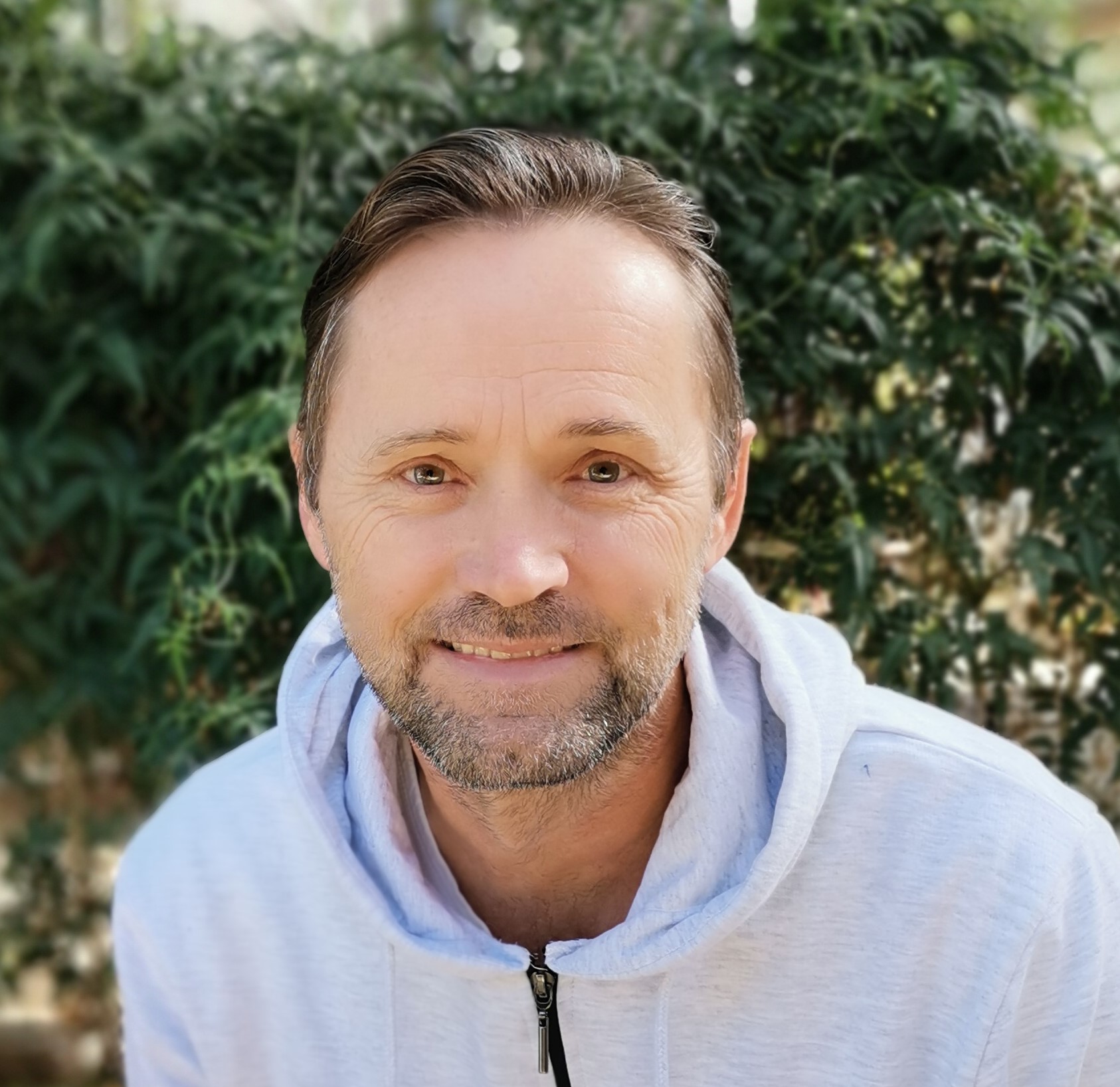- Details
- By Wolfgang Henckert
- Hits: 338
 The Cell Danger Response (CDR) is a revolutionary concept reshaping our understanding of health, disease, and healing. First described by Dr Robert Naviaux, the CDR redefines how cells respond to threats, revealing a dynamic interplay between biological processes, environmental triggers, and even spiritual well-being. The idea that healing begins at the cellular level resonates deeply with both scientific and spiritual paradigms, offering a comprehensive framework to address chronic illness and unlock profound healing potential, offering a powerful framework for healing that moves beyond traditional symptom management. By addressing the core biological processes driving disease, the CDR provides an exciting opportunity to integrate cutting-edge science into transformative healing work.
The Cell Danger Response (CDR) is a revolutionary concept reshaping our understanding of health, disease, and healing. First described by Dr Robert Naviaux, the CDR redefines how cells respond to threats, revealing a dynamic interplay between biological processes, environmental triggers, and even spiritual well-being. The idea that healing begins at the cellular level resonates deeply with both scientific and spiritual paradigms, offering a comprehensive framework to address chronic illness and unlock profound healing potential, offering a powerful framework for healing that moves beyond traditional symptom management. By addressing the core biological processes driving disease, the CDR provides an exciting opportunity to integrate cutting-edge science into transformative healing work.
At its core, the CDR is a universal, evolutionary survival mechanism activated by cells when they detect danger. This "danger" can be physical, chemical, infectious, or even emotional in nature. The response involves a cascade of changes in cellular function designed to protect the organism, isolate the threat, and initiate repair. This response temporarily halts normal cellular functions, redirecting energy towards protection and repair.
- Details
- By Wolfgang Henckert
- Hits: 476
 "Vox populi, vox Dei" - the voice of the people is the voice of God. This Latin phrase has long been used to legitimise democratic governance and social consensus. However, in a world where public discourse has traditionally been shaped through organic dialogue, the rise of Artificial Intelligence (AI) has created an unprecedented shift in the way public sentiment is formed, manipulated, and perceived. No longer merely a reflection of societal will, "vox populi" has become a construct - engineered, amplified, and, in many cases, redirected by sophisticated AI algorithms.
"Vox populi, vox Dei" - the voice of the people is the voice of God. This Latin phrase has long been used to legitimise democratic governance and social consensus. However, in a world where public discourse has traditionally been shaped through organic dialogue, the rise of Artificial Intelligence (AI) has created an unprecedented shift in the way public sentiment is formed, manipulated, and perceived. No longer merely a reflection of societal will, "vox populi" has become a construct - engineered, amplified, and, in many cases, redirected by sophisticated AI algorithms.
This article examines the insidious ways in which AI has misdirected societies worldwide by exploiting the very mechanisms that define democracy, consensus-building, and collective decision-making.



 Copyright 2009-
Copyright 2009-